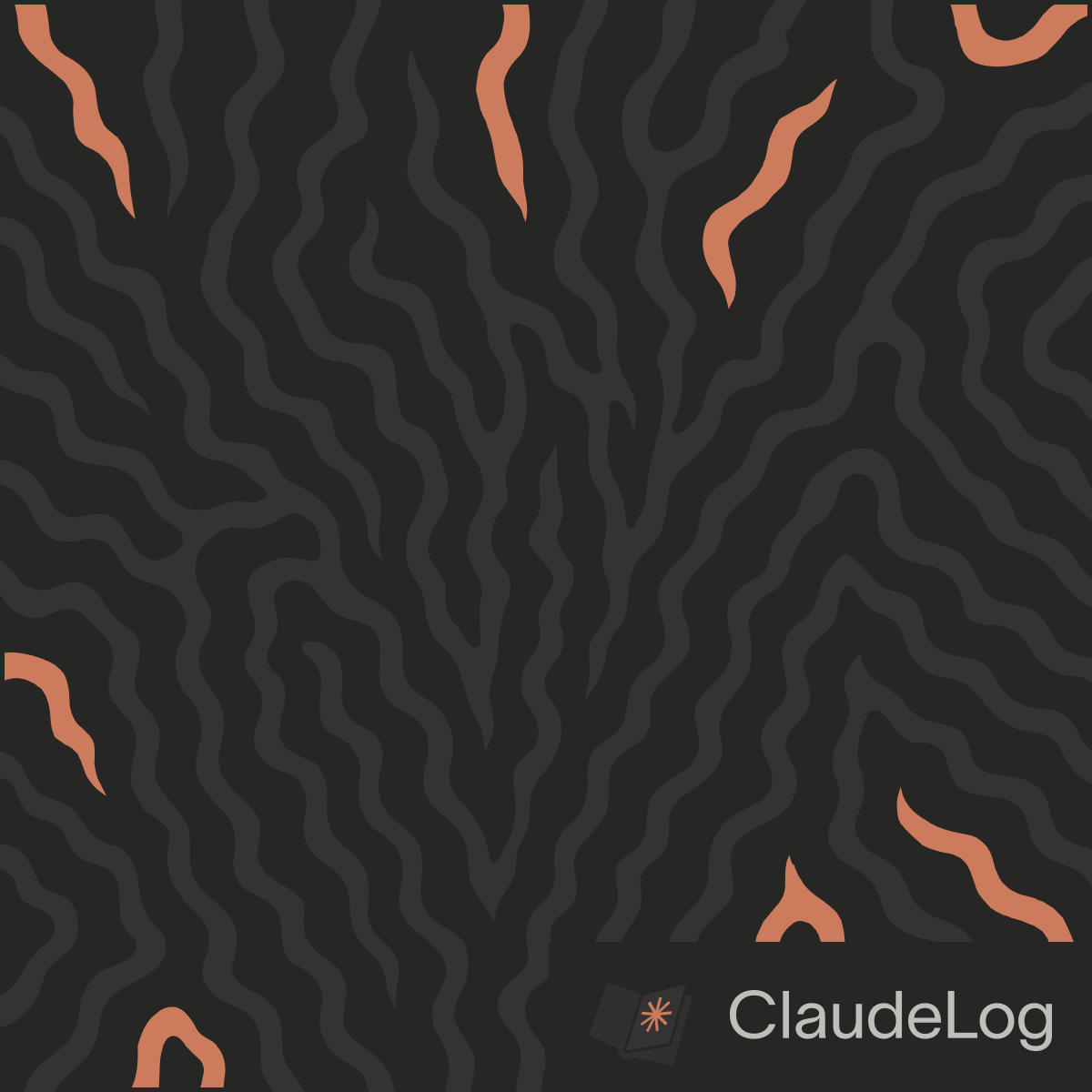Dangerous Skip Permissions
Dangerous skip permissions is a mechanic in Claude Code that uses the --dangerously-skip-permissions flag to enter YOLO mode, bypassing all permission checks and eliminating safety guardrails entirely.
In YOLO mode, Claude Code executes all operations without any permission prompts, including file modifications, command execution, and system operations. The flag name deliberately includes "dangerously" to signal the security implications of removing all restrictions.
I found myself tempted by this approach when constant permission interruptions broke my workflow, but I learned that explicit allowedTools configuration provides superior control and transparency compared to the blanket bypass approach. I have also observed horror stories on r/ClaudeAI where folks have had their development environments destroyed by Claude running wild with unrestricted permissions.
This mechanic represents the most permissive end of the safety spectrum, going beyond Auto-Accept Permissions to remove all safety mechanisms rather than just permission prompts.
The Nuclear Temptation
The appeal of YOLO mode becomes obvious during extended autonomous work sessions, particularly research phases or when following well defined implementation plans that would normally require dozens of individual approvals. Instead of managing constant interruptions, you want Claude working independently while you focus on other tasks.
I observe this desire has led to creative solutions across the community, from containerized environments to quick setup guides, all seeking the same goal of uninterrupted Claude execution.
Why AllowedTools Configuration is Superior
The allowedTools configuration provides granular control over permissions rather than the nuclear approach of disabling all safety checks. Instead of granting blanket access to everything, you explicitly specify which tools Claude can use without prompts.
I observe this approach creates better workflow transparency because you understand exactly which operations are automated and which still require oversight. You might allow Read(*) and Grep(*) for research tasks while maintaining prompts for Bash(*) and Edit(*) operations that modify your system.
This explicit configuration persists across sessions and projects, creating consistent behavior without the security risks of completely bypassed permissions. I use the ~/.claude.json file structure as it is the place I most reliably configure allowed tools, making it visible and auditable rather than a hidden runtime flag (see Allowed Tools for specific examples).
Security and Isolation Considerations
The dangerous flag removes all permission barriers, meaning Claude can execute any operation including potentially destructive commands, file deletions, or system modifications. This creates compound risk where a single misinterpreted instruction could cascade into significant damage.
Some community members have addressed this by implementing Docker isolation containers that safely contain the dangerous permissions within disposable environments. While this approach works for development contexts, it adds complexity and infrastructure overhead that explicit tool configuration avoids entirely.
The allowedTools approach maintains the principle of least privilege by granting only necessary permissions rather than universal access, creating safer defaults while preserving workflow efficiency.
See Also: Auto-Accept Permissions|Plan Mode|Configuration

 InventorBlack
InventorBlack